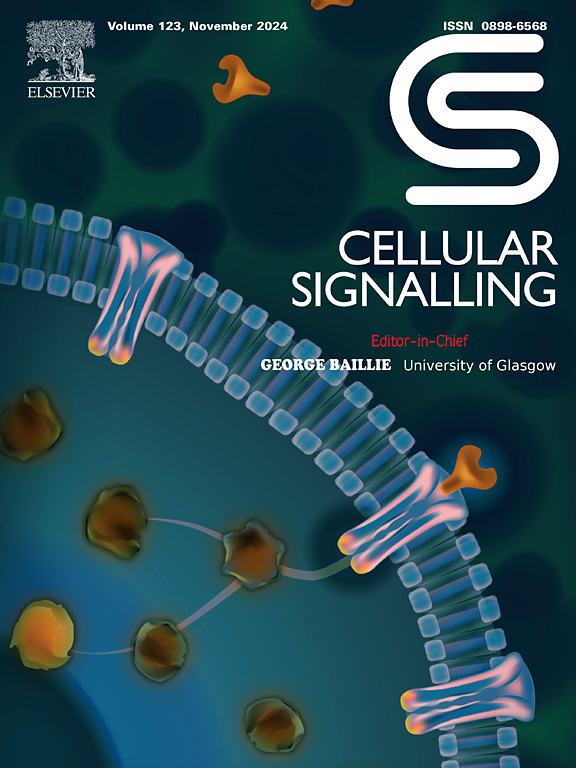Noncoding RNA network crosstalk in organ fibrosis
IF 4.4
2区 生物学
Q2 CELL BIOLOGY
引用次数: 0
Abstract
Fibrosis is a process involving excessive accumulation of extracellular matrix components, the severity of which interferes with the function of the organ in question. With the advances in RNA sequencing and in-depth molecular studies, a large number of current studies have pointed out the irreplaceable role of non-coding RNAs (ncRNAs) in the pathophysiological development of organ fibrosis. Here, by summarizing the results of a large number of studies on the interactions between ncRNAs, some studies have found that long non-coding RNAs (lncRNAs) and circular RNAs (circRNAs), among others, are able to act as sponges or decoy decoys for microRNAs (miRNAs), act as competing endogenous RNAs (ceRNAs) to regulate the expression of miRNAs, and subsequently act on different mRNA targets, playing a role in the development of fibrosis in a wide variety of organs, including the heart, liver, kidneys, and spleen. parenchymal organs, including heart, liver, kidney, and spleen, play important roles in the development of fibrosis. These findings elucidate the intricate involvement of the lncRNA/circRNA-miRNA-mRNA axis in the pathophysiological processes underpinning organ fibrosis, thereby enhancing our comprehension of the onset and progression of this condition. Furthermore, they introduce novel potential therapeutic targets within the realm of ncRNA-based therapeutics, offering avenues for the development of innovative drugs aimed at mitigating or reversing the effects of organ fibrosis.
器官纤维化中的非编码 RNA 网络串扰
纤维化是细胞外基质成分过度积累的过程,其严重程度会影响相关器官的功能。随着 RNA 测序技术的进步和分子研究的深入,目前的大量研究指出,非编码 RNA(ncRNA)在器官纤维化的病理生理发展过程中发挥着不可替代的作用。在此,通过总结大量关于 ncRNAs 之间相互作用的研究结果,一些研究发现,长非编码 RNAs(lncRNAs)和环状 RNAs(circRNAs)等能够充当 microRNAs(miRNAs)的海绵或诱饵、作为竞争性内源性 RNA(ceRNA)来调节 miRNA 的表达,然后作用于不同的 mRNA 靶点,在包括心脏、肝脏、肾脏和脾脏在内的多种器官纤维化的发展过程中发挥作用。包括心脏、肝脏、肾脏和脾脏在内的实质性器官在纤维化的发展过程中发挥着重要作用。这些发现阐明了lncRNA/circRNA-miRNA-mRNA轴在器官纤维化的病理生理过程中的复杂参与,从而加深了我们对这种疾病的发生和发展的理解。此外,它们还在基于 ncRNA 的治疗领域引入了新的潜在治疗靶点,为开发旨在减轻或逆转器官纤维化影响的创新药物提供了途径。
本文章由计算机程序翻译,如有差异,请以英文原文为准。
求助全文
约1分钟内获得全文
求助全文
来源期刊

Cellular signalling
生物-细胞生物学
CiteScore
8.40
自引率
0.00%
发文量
250
审稿时长
27 days
期刊介绍:
Cellular Signalling publishes original research describing fundamental and clinical findings on the mechanisms, actions and structural components of cellular signalling systems in vitro and in vivo.
Cellular Signalling aims at full length research papers defining signalling systems ranging from microorganisms to cells, tissues and higher organisms.
 求助内容:
求助内容: 应助结果提醒方式:
应助结果提醒方式:


